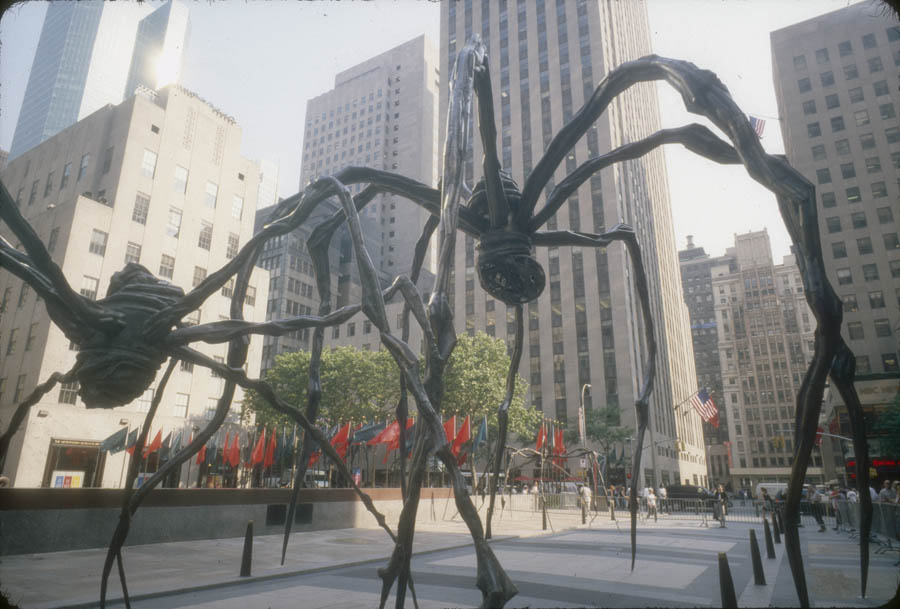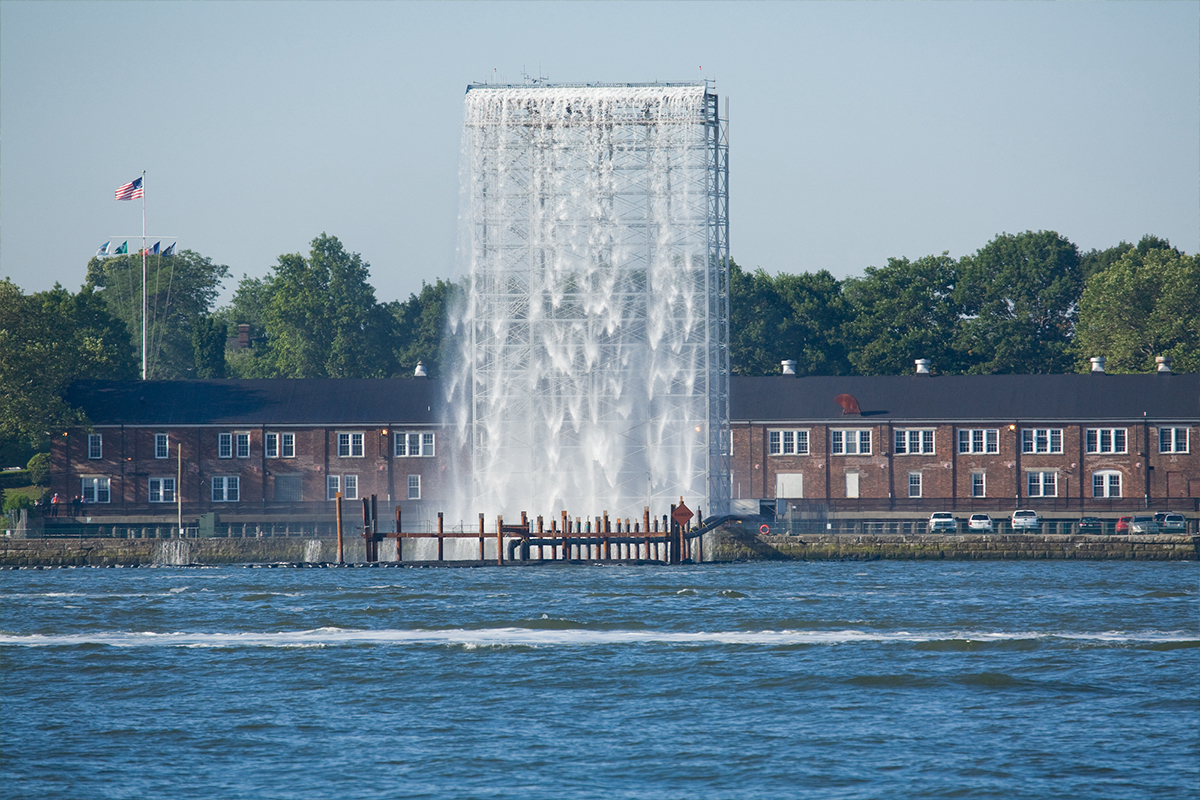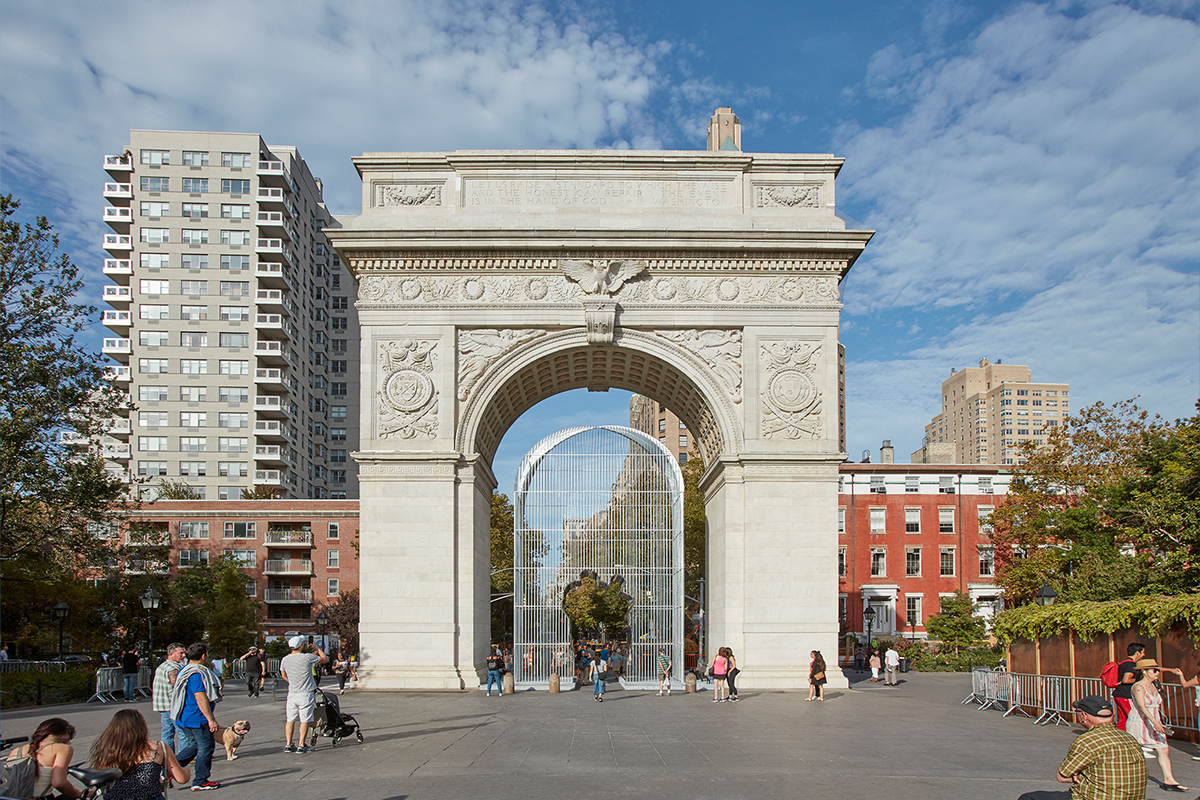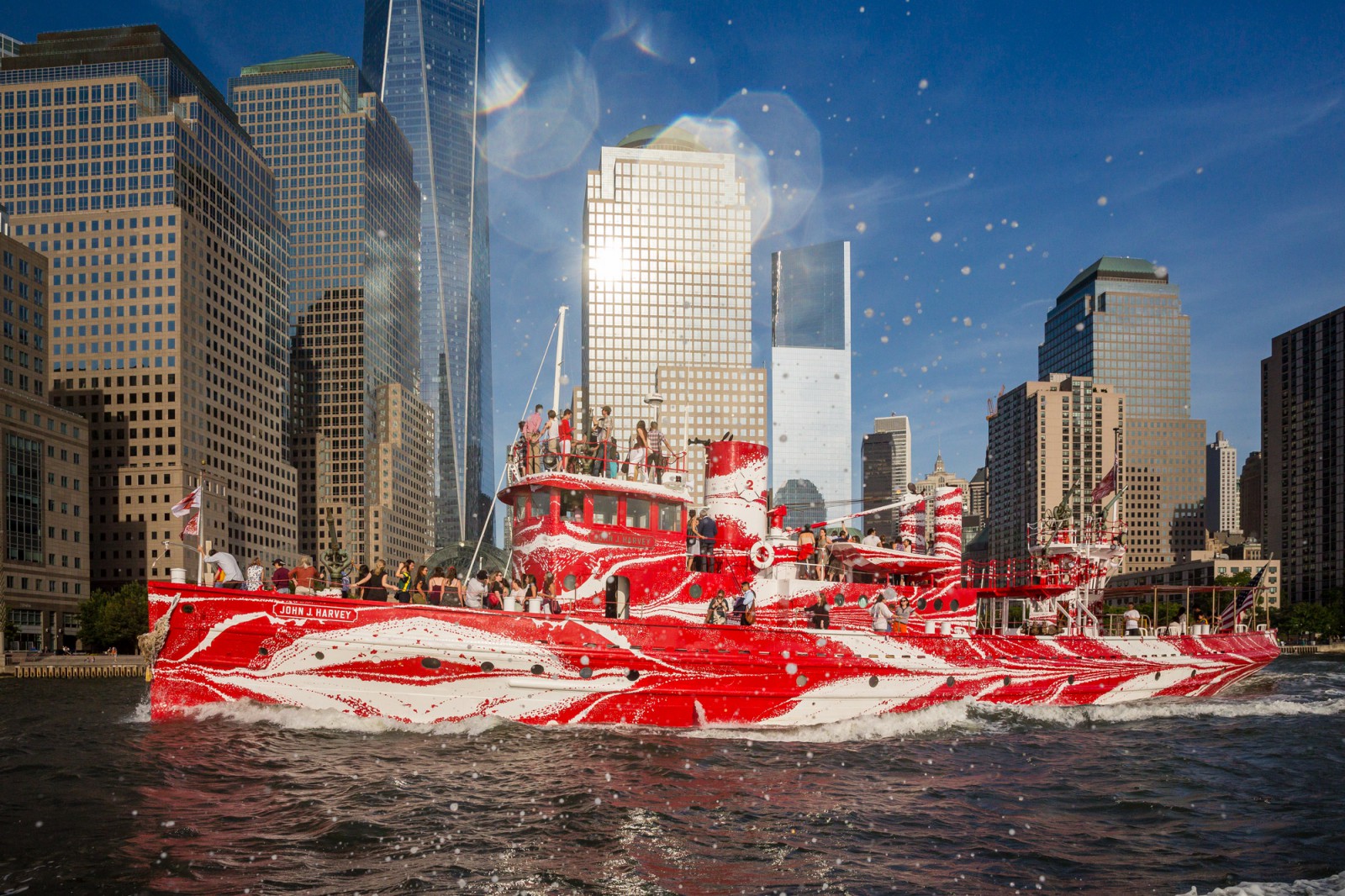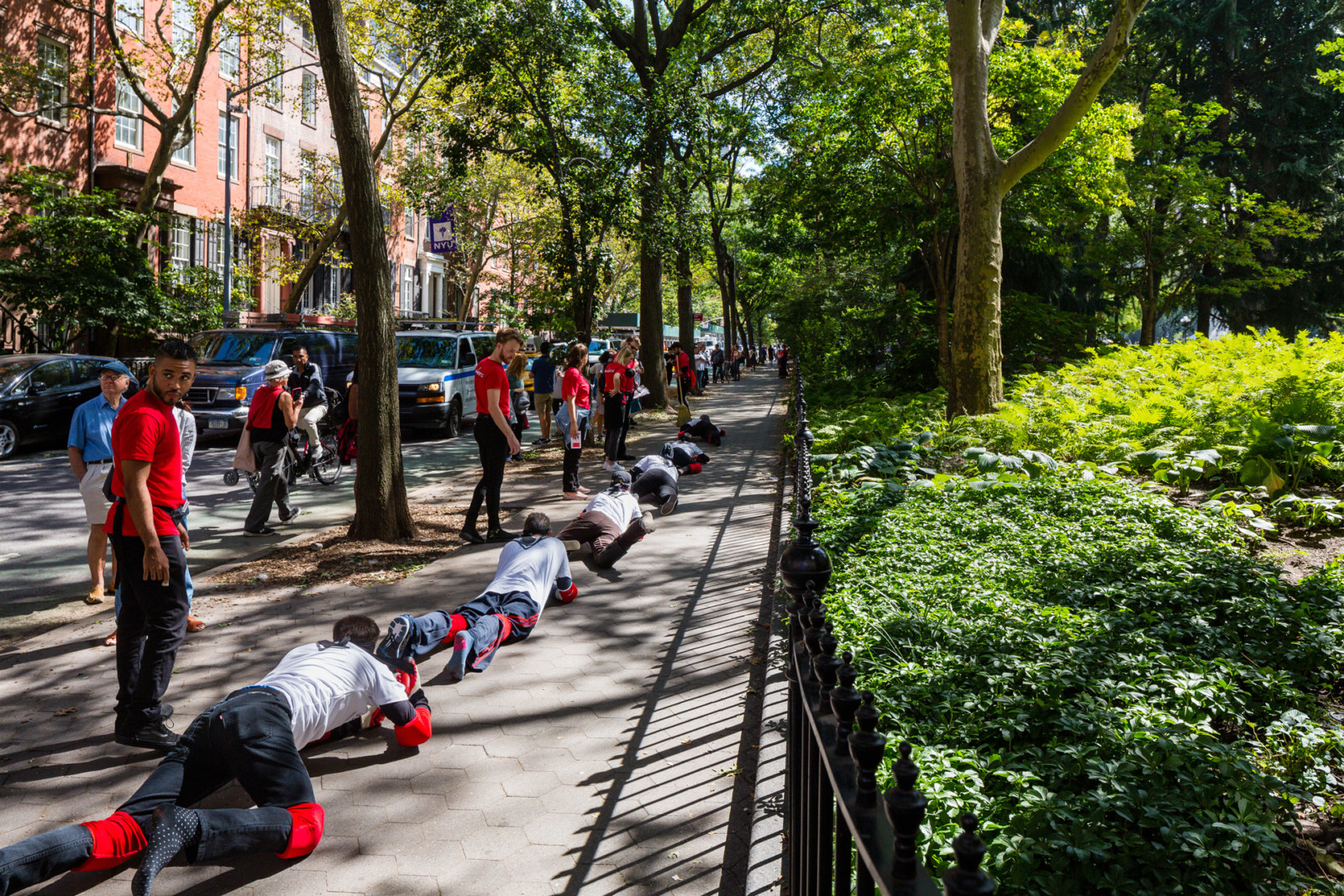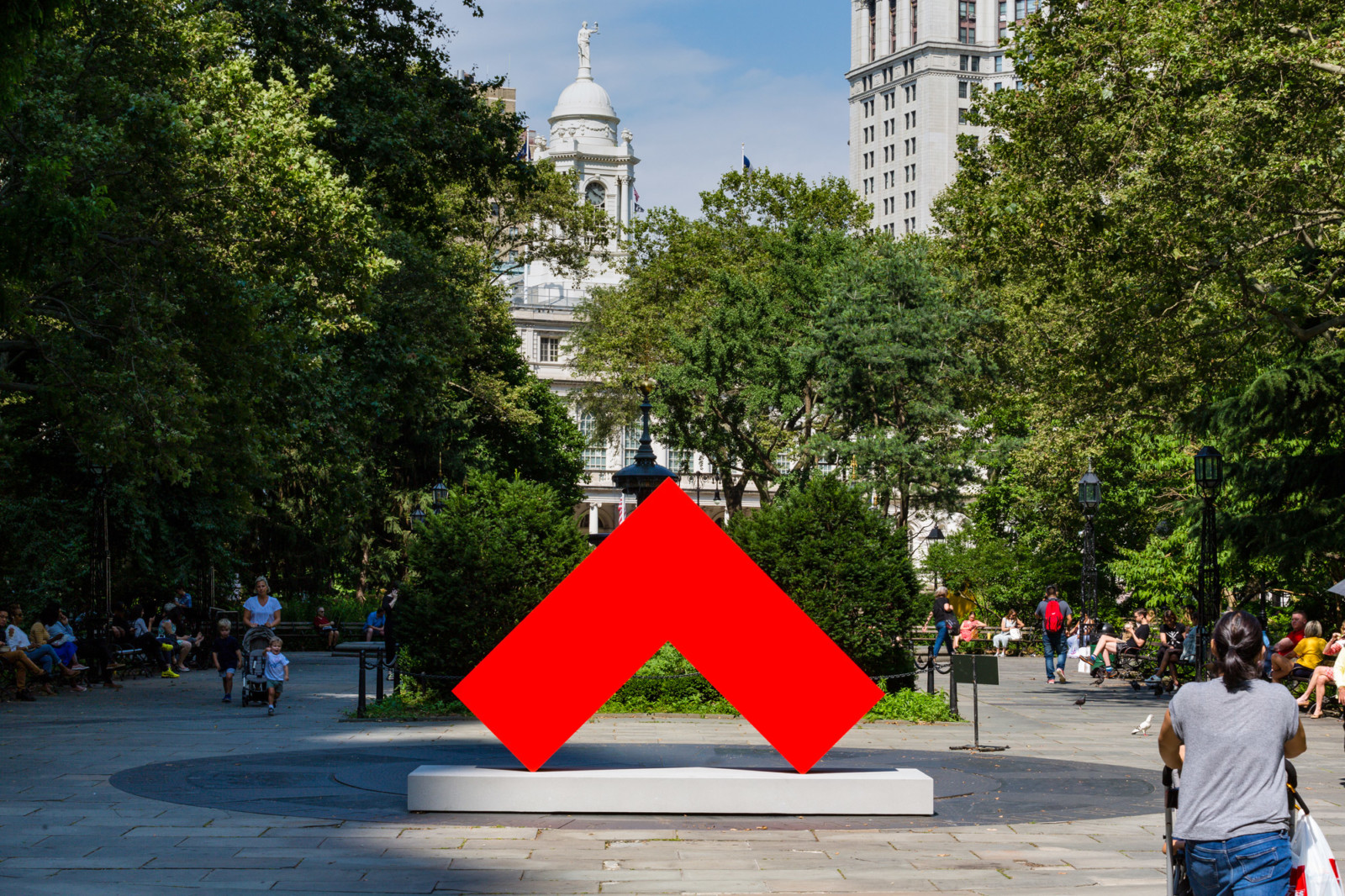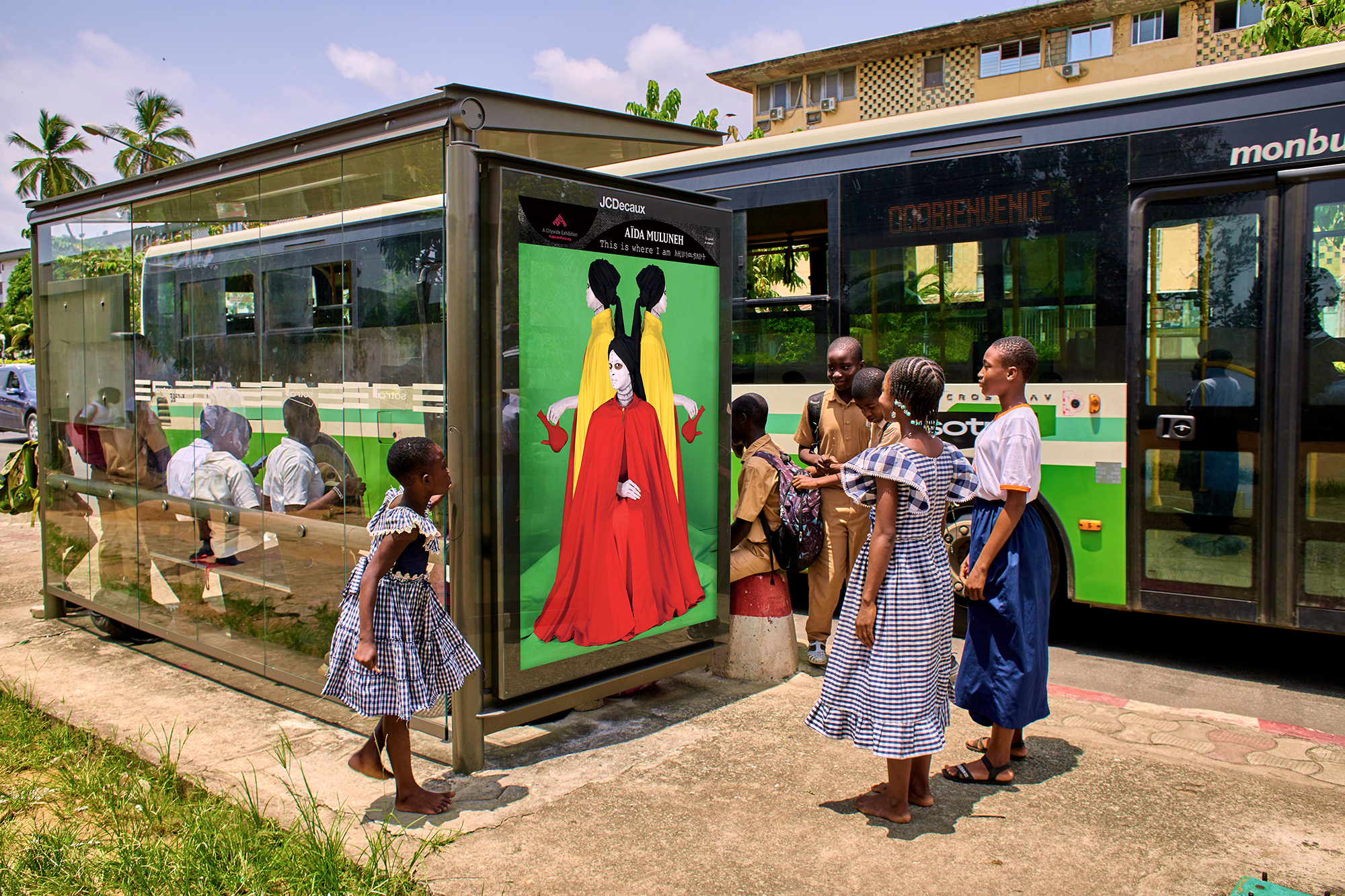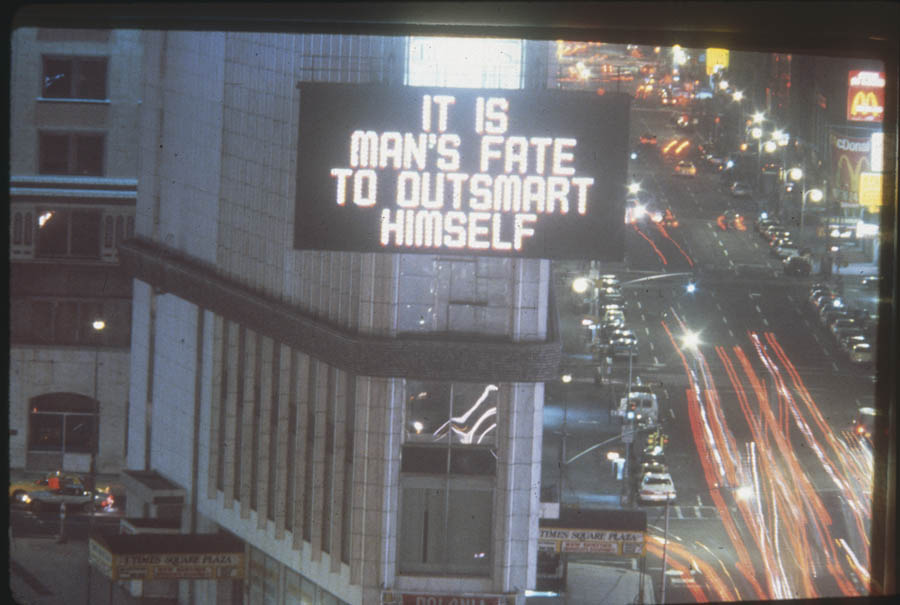
Our Founder
Public Art Fund was founded in 1977 by Doris C. Freedman (1928–1981), a champion of artists and the role art plays in the everyday life of the city. She also served as City served as New York City’s first Director of Cultural Affairs, President of the Municipal Art Society of New York.
Freedman was a tireless advocate for public art and cultural access. She led the fight to legalize artists’ residences in Soho as well as the passing of New York City’s Percent for Art legislation in 1982, which requires that a portion of the budget for City-funded construction projects be allotted for art. As president of the Municipal Art Society, Freedman was a major force behind the creation of the Urban Center, a combination meeting center, office building and display gallery for architects, city planners, and advocates. Freedman also spearheaded Municipal Art Society’s efforts to attract public support to save Grand Central Terminal from demolition.
In 1971, she founded the nonprofit Public Arts Council while at the same time serving as president of City Walls Inc., an organization that installed large-scale paintings on the blank side walls of buildings around New York City. Under her leadership, both organizations developed programs to explore the potential for art to become an integral aspect of urban public spaces.
In 1977, Freedman merged Public Arts Council and City Walls Inc. to form Public Art Fund, a 501(c)(3), non-profit organization that relies on contributions from individuals, corporations, and foundations. Through Freedman’s vision for uplifting groundbreaking artists in various stages of their careers, Public Art Fund became known as a strong backer of younger artists. She helped present such experimental projects as a work by the artist Eric Arctander in 1980 illustrated the original shoreline of New Amsterdam, and a work by a poet Daniel Wolf and sculptor Robert Taplin, that consisted of a story told in small view boxes placed around Union Square.
“We are using the environment as a palette, a studio.”
—Doris C. Freedman
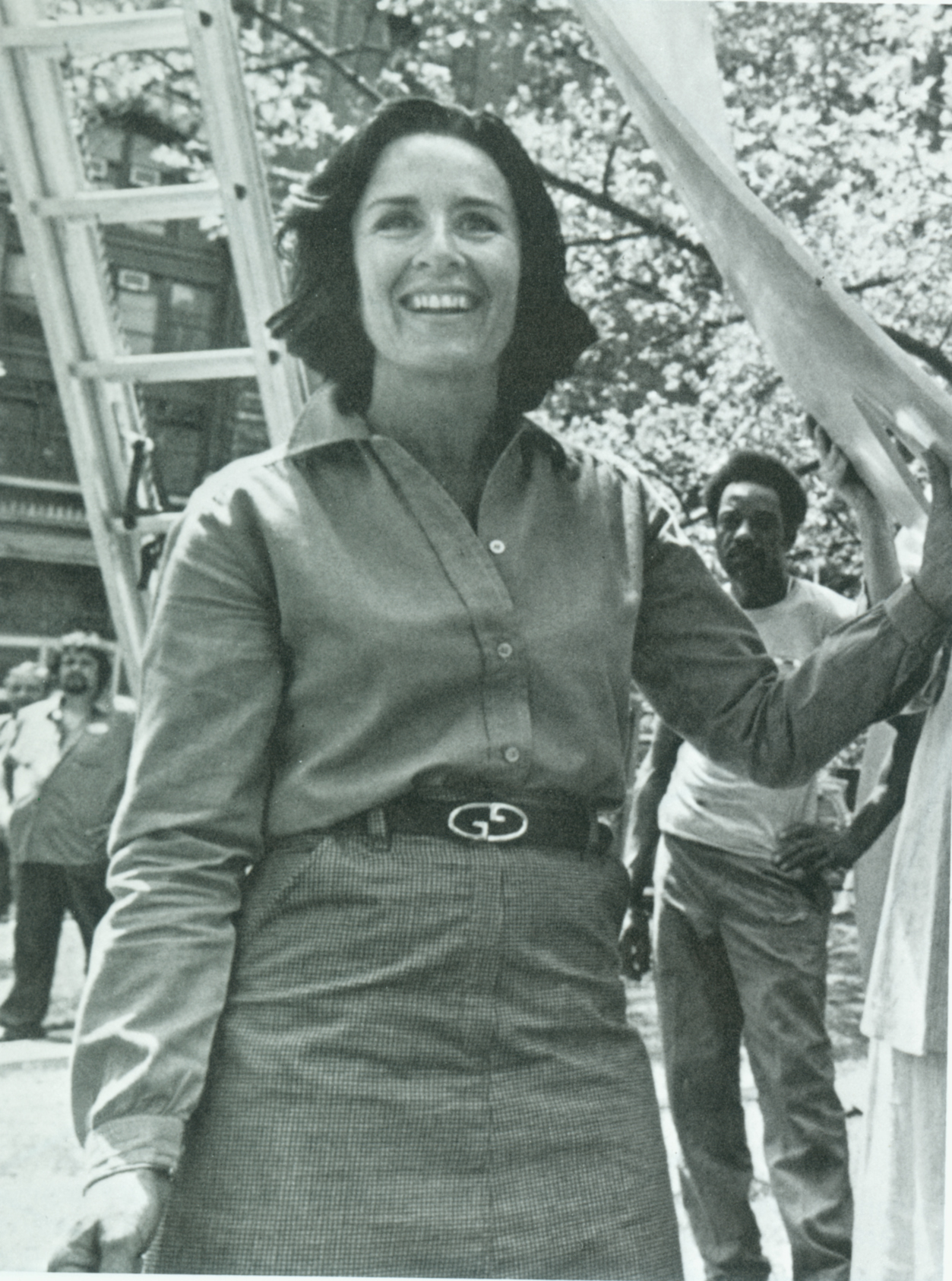
Born and raised a New Yorker, Freedman attended Albright College and received a Master of Social Work degree at Columbia University. Freedman was named an honorary member of the American Institute of Architects. Freedman was also a member of the Mayor’s Commission for Cultural Affairs and the advisory council of the Columbia University School of Social Work. She served on the board of directors of the Parks Council, the Municipal Art Society, the Eliot Feld Ballet Company and the Board of Overseers of Parsons School of Design. She was also a trustee of Pratt Institute and of Albright College, helping to found the Freedman Gallery at Albright College. She also co-hosted “Artists in the City”, a weekly radio show on WNYC that introduced professional artists and their innovative work in communities around New York City.
In memorial to Freedman’s vision, Mayor Edward I. Koch established Doris C. Freedman Plaza at the southeast entrance of Central Park. Since November, 1977, the site has been one of Public Art Fund’s most celebrated sites for rotating exhibitions. Additionally, Mayor Koch dedicated the Doris C. Freedman Award in Freedman’s honor in 1982, which annually recognizes an individual or organization for a contribution to the people of the City of New York that enriches the public environment. In 2023, Richard Haas’s 112 Prince Street mural—a 75-foot wide, five-story-high work originally commissioned by City Walls Inc.—was restored by muralist Robin Alcantara under the recommendation of CITYarts, Inc., in honor of Freedman’s pioneering work in public art.
Freedman’s daughter, Susan K. Freedman, carries on her mother’s legacy as the President of Public Art Fund.
Pioneers in Public Art
We have presented more than 500 artists’ exhibitions and projects at sites throughout New York City’s five boroughs, making it possible for artists to engage diverse audiences and, along the way, redefine public art in relation to the changing nature of contemporary art.
The Public Art Fund project, Messages to the Public (1982–1990) pioneered the use of mass marketing technology in art. Over 70 artists— including Guerrilla Girls, Keith Haring, Jenny Holzer, Adrian Piper, and David Wojnarowicz—exhibited on a Times Square animated light board, reaching an estimated 1.5 million viewers per day. Messages to the Public formed a key part of Public Art Fund’s commitment to media-based artworks and paved the path for a rich history of transforming urban advertising sites into art exhibitions. Today, we continue this practice through a generous partnership with JCDecaux, who offers in-kind exhibition space on hundreds of bus shelters, newsstands, and billboards in multiple cities each year for Public Art Fund presentations.
Public Art Fund was also integral to the birth of the international restaurant chain Shake Shack—Danny Meyer, the enterprise’s founder, set up a hot dog cart in New York City’s Madison Square Park as a part of artist Navin Rawanchaikul’s I (heart) Taxi (2001). The concept encouraged Meyer, who was known for higher-brow restaurants, to bring his signature “enlightened hospitality” to more casual pursuits.”
More recently, we have presented iconic exhibitions by established artists including Sol Lewitt and Ai Weiwei, and have worked with a number of emerging artists to realize unprecedented works that extend their practice into new realms.
Highlights from our Archive
View all our past exhibitions here.
 Menu
Menu
